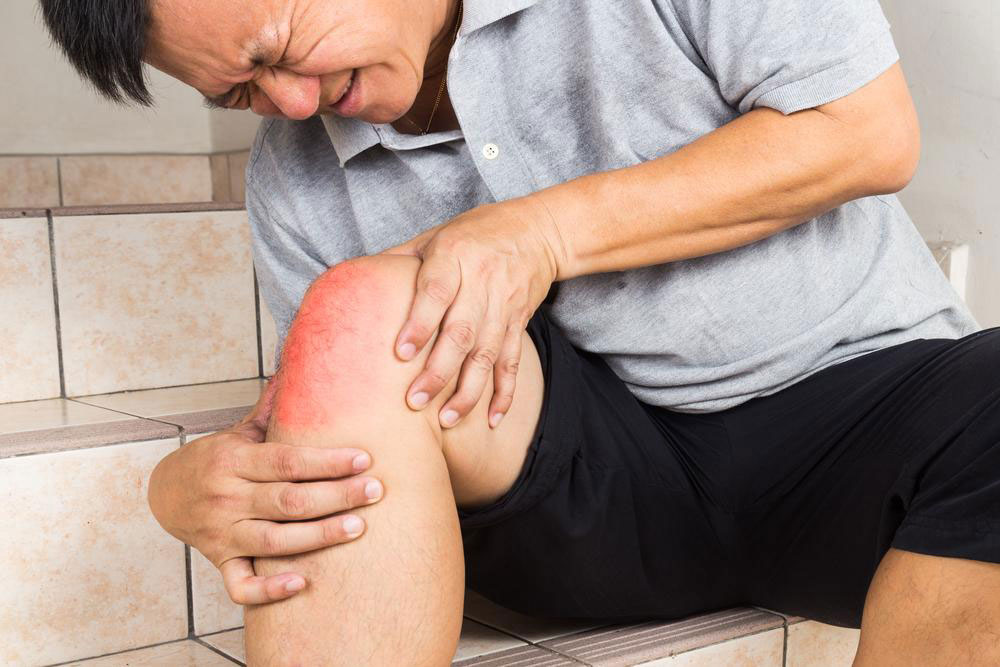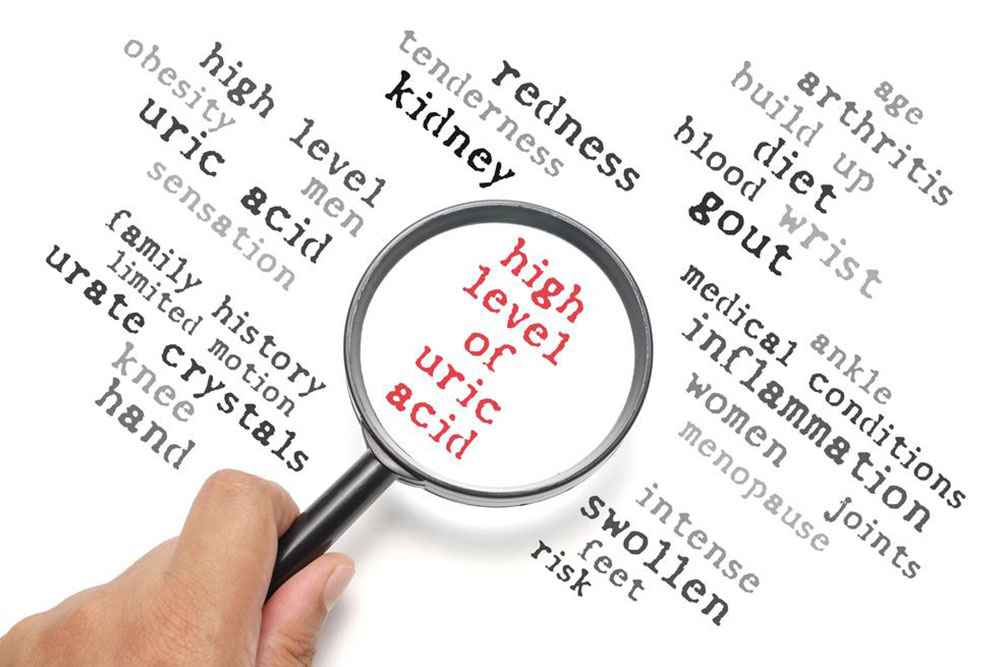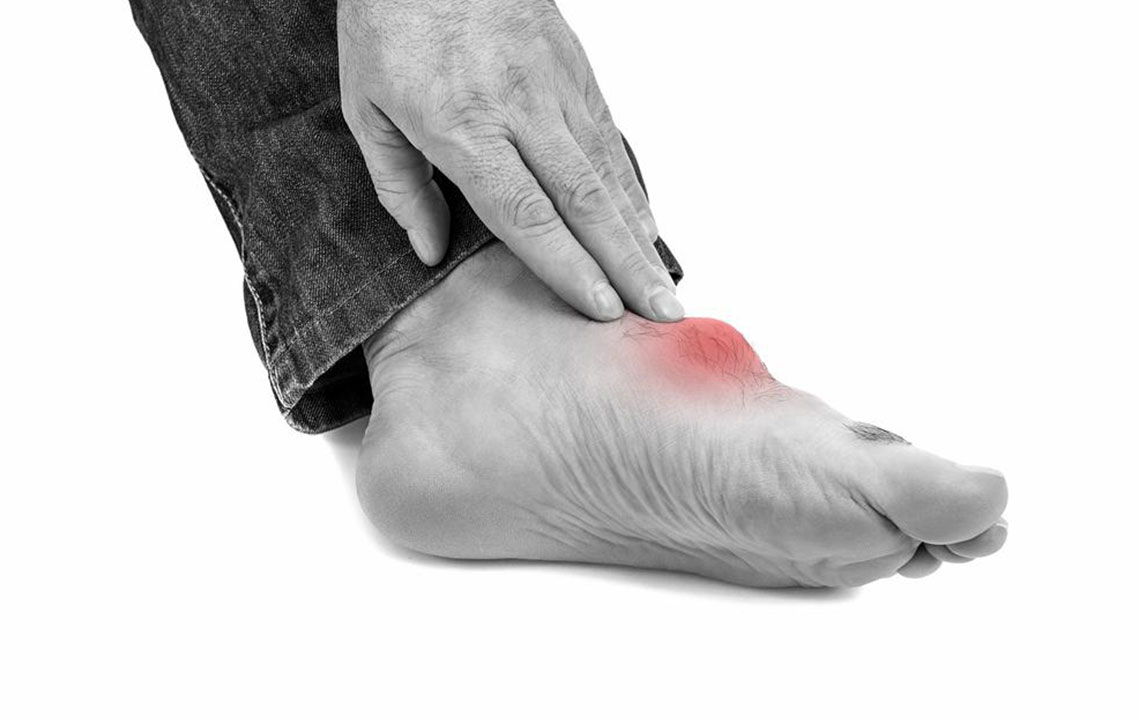Comprehensive Guide to Rapid Gout Pain Relief and Management
This comprehensive guide covers rapid gout pain relief strategies, including medication options, lifestyle modifications, and preventative measures. Understanding how to manage gout effectively can reduce attack severity and frequency, improving joint health and overall well-being. Proper treatment involves prompt use of anti-inflammatory drugs, hydration, avoiding triggers, and long-term uric acid control through medication. Consistent management and consultation with healthcare providers are essential for preventing future episodes and maintaining a pain-free lifestyle.

Effective Strategies for Quick and Sustainable Gout Pain Relief
Gout is a painful form of arthritis characterized by sudden and severe attacks of inflammation in the joints, often affecting the big toe, ankles, knees, and other parts of the body. Understanding the underlying causes of gout, primarily elevated uric acid levels, is crucial for managing and alleviating symptoms efficiently. With timely intervention and lifestyle adjustments, individuals can significantly reduce the intensity and frequency of gout attacks, improving their quality of life.
This comprehensive guide provides detailed strategies to achieve rapid gout pain relief, along with long-term management techniques to prevent future flare-ups. From medication use to lifestyle changes, understanding and implementing these methods can help control this painful condition effectively.
Let’s explore the most effective methods to quickly alleviate gout pain, what medications work best during attacks, and how to prevent future episodes for optimal joint health.
Use of prescribed anti-inflammatory medications promptly during flare-ups.
Applying cold therapy to the affected joints and elevating them to reduce swelling and pain.
Avoiding alcohol, sugary drinks, and foods high in purines during attacks to prevent exacerbating symptoms.
Proper hydration is key; drinking plenty of water helps dilute uric acid levels and flush out excess. It's vital to schedule an immediate consultation with your healthcare provider at the onset of symptoms to get an accurate diagnosis and customized treatment plan. Stress management and adequate rest also play significant roles in alleviating symptoms, as stress can trigger or worsen gout attacks.
Gout episodes typically strike unexpectedly, often reaching their peak within the first 48 hours, and generally subside within several days to two weeks. The most intense pain usually occurs during the first 36 hours. Managing gout effectively involves both medication and lifestyle modifications to keep uric acid levels in check and prevent recurring attacks.
Medications for managing gout attacks include:
NSAIDs (Nonsteroidal Anti-Inflammatory Drugs): These are the first line of treatment. Taking NSAIDs such as ibuprofen or naproxen within 24 hours of symptom onset can alleviate pain swiftly and shorten attack duration.
Corticosteroids: Oral or injectable corticosteroids can rapidly reduce inflammation in cases where NSAIDs are unsuitable. They are especially useful if multiple joints are involved or if other medications are contraindicated. Effects are usually seen within a day.
Colchicine: A medication with a history spanning over two millennia, colchicine effectively reduces inflammation and pain associated with gout. However, it may cause side effects like diarrhea or nausea, which should be monitored carefully.
Urate-Lowering Therapies: Drugs such as allopurinol and febuxostat work by decreasing uric acid production, helping prevent future attacks. These are typically used as a long-term strategy and require gradual dose adjustments. Potential side effects include skin rashes and gastrointestinal discomfort.
Additional Uric Acid Management Drugs: Probenecid, Lesinurad, and Pegloticase are options for chronic gout management or cases resistant to other treatments. These medications must be taken under strict medical supervision due to possible adverse effects, including kidney issues and allergic reactions.
Always adhere closely to your healthcare provider’s instructions when using any medication. Avoid alcohol, grapefruit juice, and ensure proper hydration to enhance treatment efficacy and minimize side effects.
Preventative strategies are as important as immediate pain relief. Lifestyle changes such as maintaining a balanced diet low in purines, staying well-hydrated, and managing stress can significantly reduce the risk of future gout attacks. Regular medical check-ups to monitor uric acid levels are essential for long-term control and joint health preservation.
By understanding the causes, applying prompt treatment, and adopting healthy lifestyle habits, individuals suffering from gout can effectively control their symptoms and prevent complications. Gout does not have to dominate your life—proper management can restore your comfort and mobility over time.
In conclusion, managing gout effectively requires a combination of rapid symptom relief through medications and thoughtful lifestyle changes to prevent recurrence. Early intervention, consistent management, and ongoing communication with your healthcare provider are key to living a healthy, pain-free life with gout.





